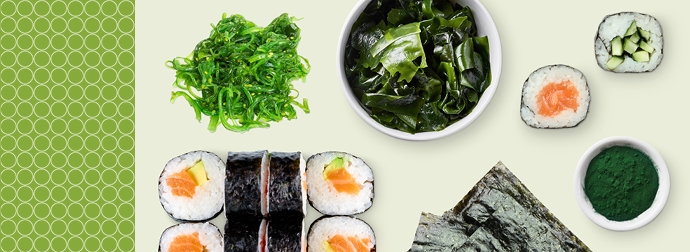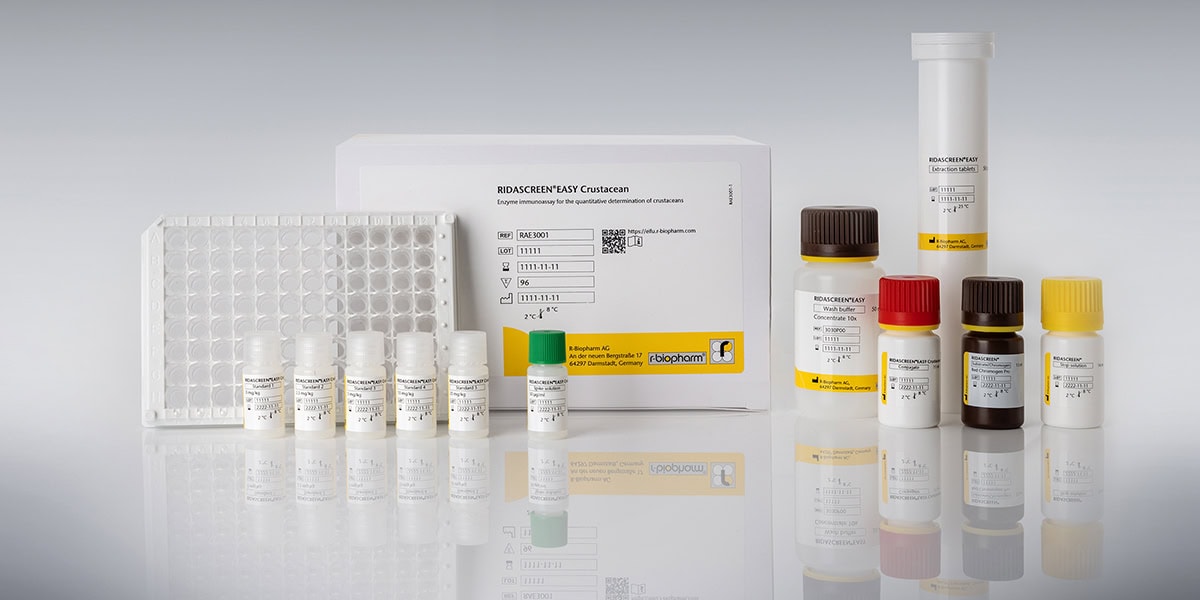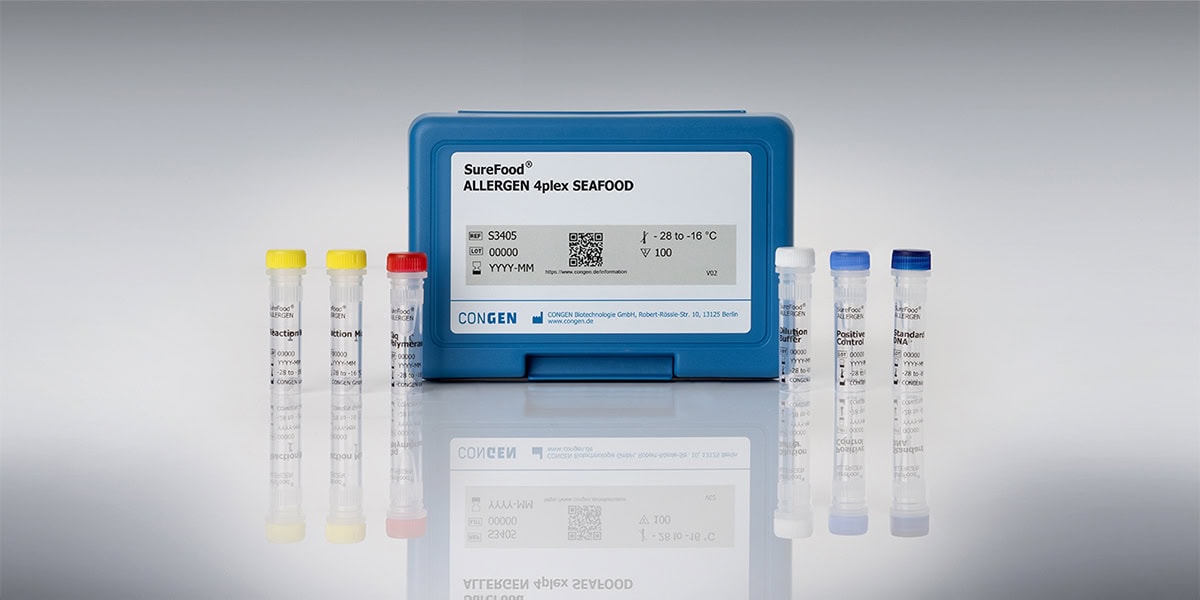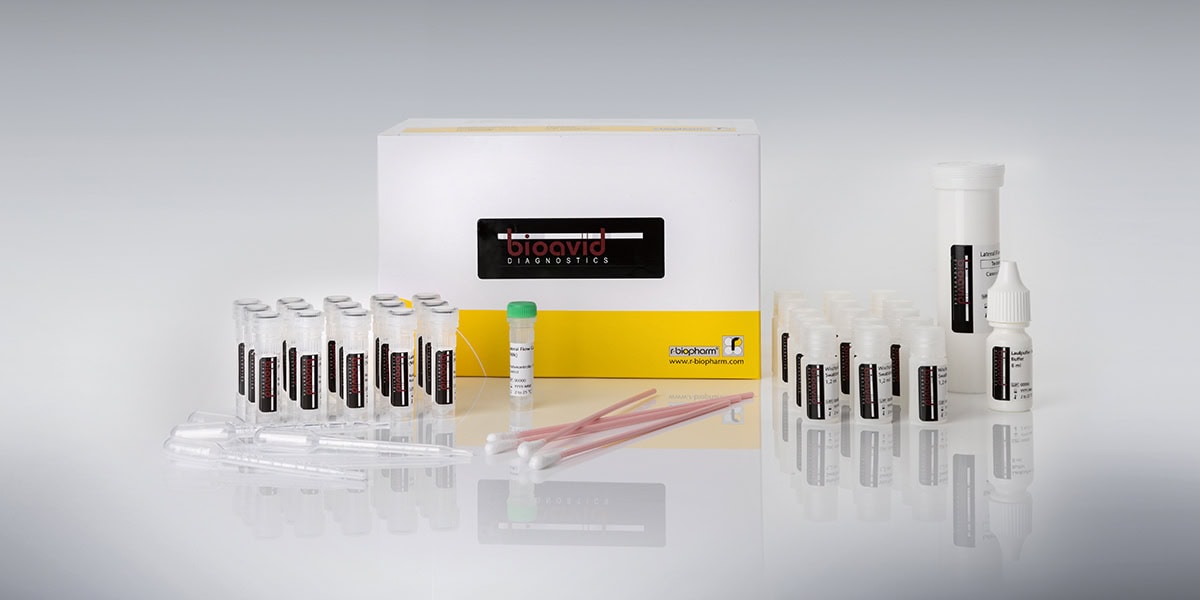
Recent news in Food & Feed Analysis
- Home
- /
- Seaweed – alternative protein...
Seaweed – alternative protein source but also coming with potential food safety hazards?

Did you know? Harvested seaweed, neither seafood nor a vegetable, is regulated by the Food and Drug Administration (FDA) but only as a spice. As part of sushi, in the form of salad or as part of cosmetics or fertilizers and soil conditioners – seaweeds find many applications in several industries, with a special increasing interest in the food and feed industry. They are included in the “novel foods” regulations in Europe ((EU) 2015/2283 on novel food), and in the US the use of brown seaweeds as human food is authorized by the Food and Drug Administration (FDA). Moreover, seaweeds are also in the spotlight due to their marketing and perception as ‘superfood’, increased interest in healthier diets and lifestyles as well as on more sustainable food sources and production.
There are basically two types, the tiny microalgae and the large-leaved macroalgae. Edible algae are mostly macroalgae. Based on the pigmentation of individual species, seaweed can be classified broadly into three main groups:
- red algae (Rhodophyta): e.g. Nori – pressed into leaves to hold sushi rolls (sushi maki) together
- brown algae (Phaeophyceae) : e.g. Wakame – used in the Japanese miso soup with a strong sea taste. Or another brown alga: the sugar kelp with a slightly sweet taste
- green algae (Chlorophyta): e.g. Ulva, the sea lettuce – looks a bit like green lettuce
The best-known microalgae are Spirulina, Chlorella and Aphanizomenon flos-aquae (AFA algae), which are available on the market in the form of food supplements.
Potential hazards
Some of the known hazards include for example heavy metals, Iodine, pesticide residues, pathogens, micro- and nano-plastics, marine biotoxins and allergens.
Allergen hazards
Seaweed allergenicity has not been extensively studied yet; however, there are some reports in literature describing allergic reactions to it.
Furthermore, the extent of the presence of other allergens such as shellfish or crustaceans is not very well known yet. Nonetheless, a possible contamination may occur at various steps in the food supply chain, including during cultivation. Crustacean species such as shrimp linger around the platforms used to grow red algae. Subsequently, they may be harvested together with the seaweed, and find their way into nori sheets for instance. Moreover, high levels – several milligrams per sheet – of crustaceans have been detected in dried nori products. Thus, crustaceans could be considered as a potential hidden allergen in nori.
Are you analyzing seaweed for allergens?
Here our recommendation for the DNA extraction:
SureFood® PREP Advanced (Art. No. S1053), Protocol 2, use 50 mg of sample. Eventually you have to dilute the DNA 1:5. For further information, please contact us.



